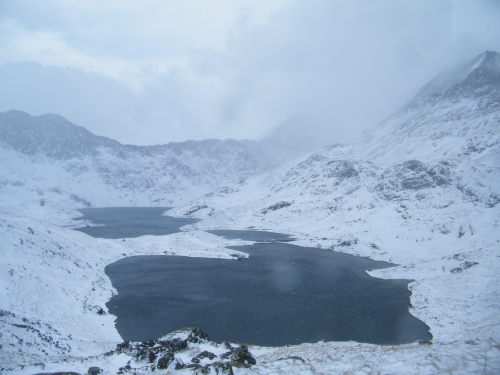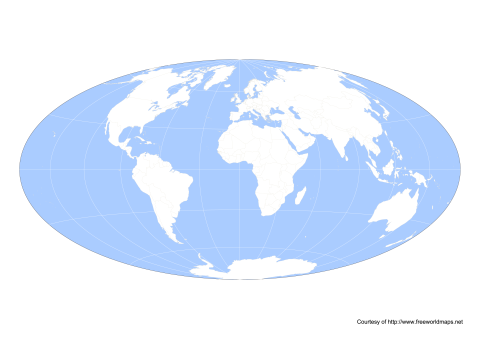It is important to understand that there is a difference between weather and climate. Weather describes the variations which occur in the atmosphere on a daily basis, whereas climate is the typical (or average) weather experienced at a place over a longer period of time (typically 30 years). To put it another way, if you could choose to live anywhere in the world, a country's climate might determine where you choose to live (colder Northern Canada or hotter Indonesia, say). Once there, the weather determines your daily choices: Do you need sun cream or umbrella? Should it be a BBQ in the garden or a party indoors?
We can divide the world into different climatic zones. Typically the climate is cooler the further you move from the equator.
An example: Snowdonia
North Wales has a distinctive climate, a result of its latitude and its position on the western edge of Europe, where the climate is strongly influenced by closeness to the sea (i.e. a maritime climate). The region's climate is typified by cloudy, wet, windy but relatively mild conditions. In Snowdonia, this is further affected by the presence of mountains, which can experience harsh winter conditions.
However, this does not mean that the weather in Snowdonia never changes. Just look at these two photographs of the area. They were taken just one day apart and clearly show that weather varies over short timescales, unlike the climate, which changes over a longer timescale.
Date taken: 4 April 2012

Date taken: 5 April 2012

